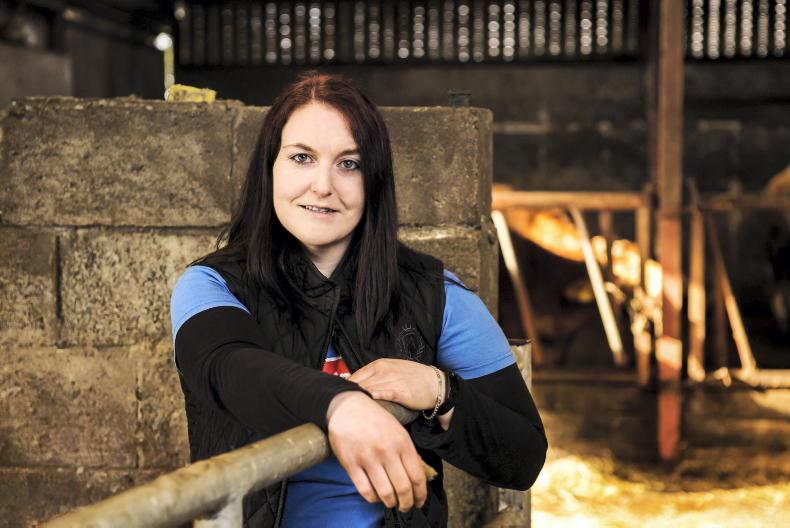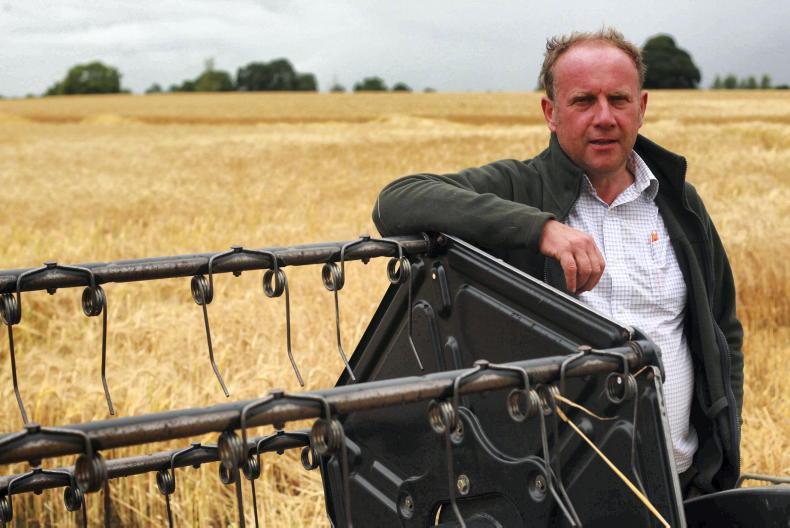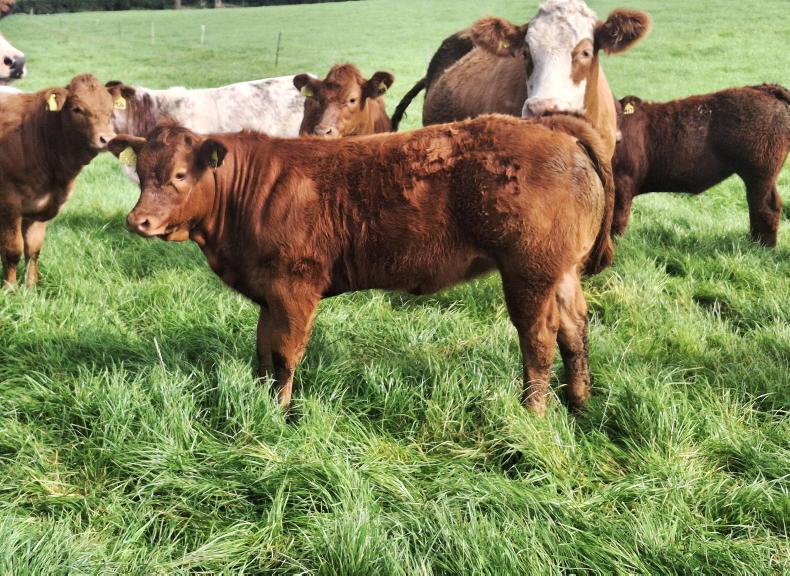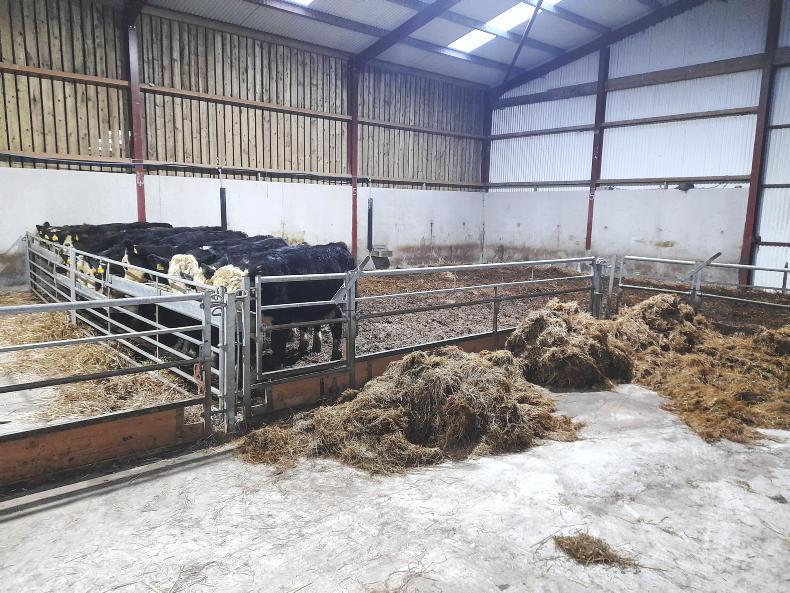Mycotoxins are being detected in silage samples with increasing frequency, farmers were told during a webinar hosted by feed company Alltech last Wednesday.
According to company representatives, mycotoxins pose a significant threat and many production and health issues identified on farms can be traced back to this issue.
Speaking at the event, Alltech’s John Winchell said that from 29 forage samples taken from 16 September to 11 November, 100% of the silages tested had at least two mycotoxins present, with an average of 4.5.
He said that the risks posed to cows will differ from farm to farm, and that healthy, well managed animals can usually handle mycotoxins at low levels.
But the slightest change in diet or management will put cows under stress and mycotoxins will cause problems. Transition cows in particular are susceptible.
Penicillium
In local silages, penicillium is the mycotoxin that often stands out in silage analysis. Symptoms of a problem include cows passing very loose faeces, the animal’s coat being dry and rough and suppressed immunity.
Advice
Winchell emphasised that where grass silage clamps are well compacted and sealed, with plastic along the side walls, it will greatly lower the presence of mycotoxins.
He also advised farmers to try to make silage with dry matter at 30% or higher, fibre levels between 47% and 52% and to leave a higher sward residual to minimise soil contamination and higher ash levels in silage.
Where mycotoxins are present in silage, and animal performance issues are being identified, one of the main solutions is to include a mycotoxin binder in feed.
Read more
TAMS to cover solar panel installation up to €90,000
Dairy management: preparing for a cold spell
Mycotoxins are being detected in silage samples with increasing frequency, farmers were told during a webinar hosted by feed company Alltech last Wednesday.
According to company representatives, mycotoxins pose a significant threat and many production and health issues identified on farms can be traced back to this issue.
Speaking at the event, Alltech’s John Winchell said that from 29 forage samples taken from 16 September to 11 November, 100% of the silages tested had at least two mycotoxins present, with an average of 4.5.
He said that the risks posed to cows will differ from farm to farm, and that healthy, well managed animals can usually handle mycotoxins at low levels.
But the slightest change in diet or management will put cows under stress and mycotoxins will cause problems. Transition cows in particular are susceptible.
Penicillium
In local silages, penicillium is the mycotoxin that often stands out in silage analysis. Symptoms of a problem include cows passing very loose faeces, the animal’s coat being dry and rough and suppressed immunity.
Advice
Winchell emphasised that where grass silage clamps are well compacted and sealed, with plastic along the side walls, it will greatly lower the presence of mycotoxins.
He also advised farmers to try to make silage with dry matter at 30% or higher, fibre levels between 47% and 52% and to leave a higher sward residual to minimise soil contamination and higher ash levels in silage.
Where mycotoxins are present in silage, and animal performance issues are being identified, one of the main solutions is to include a mycotoxin binder in feed.
Read more
TAMS to cover solar panel installation up to €90,000
Dairy management: preparing for a cold spell










SHARING OPTIONS